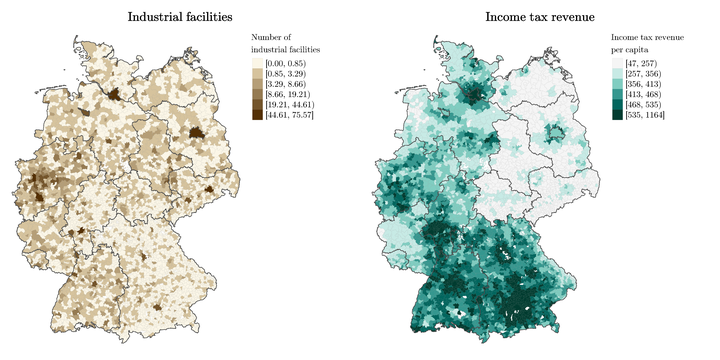Environmental Inequality and Residential Sorting in Germany: A Spatial Time-Series Analysis of the Demographic Consequences of Industrial Sites

Abstract
Previous research has shown that low-income households bear a higher exposure to environmental pollution than high-income households. Some scholars have argued that selective siting of industrial facilities accounts for such environmental inequality, while others have argued that those citizens who can afford to move out of polluted regions do so, and the socioeconomically disadvantaged are sorted into polluted areas. Yet empirical evidence regarding the processes of environmental inequality is not conclusive. We build on an original data set that includes annual georeferenced data of 6,570 highly polluting industrial facilities in Germany from 2008 to 2017, and validate the fluctuation in facilities with geographical land-use data. We then connect the facilities to income and demographic data for 4,455 municipalities and investigate sociodemographic changes before and after the appearance of new facilities. Spatial models are employed to measure local relative changes, and fixed-effects individual slopes estimators are used to account for selection on economic trajectories. Results provide only limited support for the selective siting thesis, but show that an area’s average income decreases after the appearance of new industrial facilities, thereby resonating with the selective migration hypothesis. In contrast, facility closure does not attract, or reattract, more affluent households.